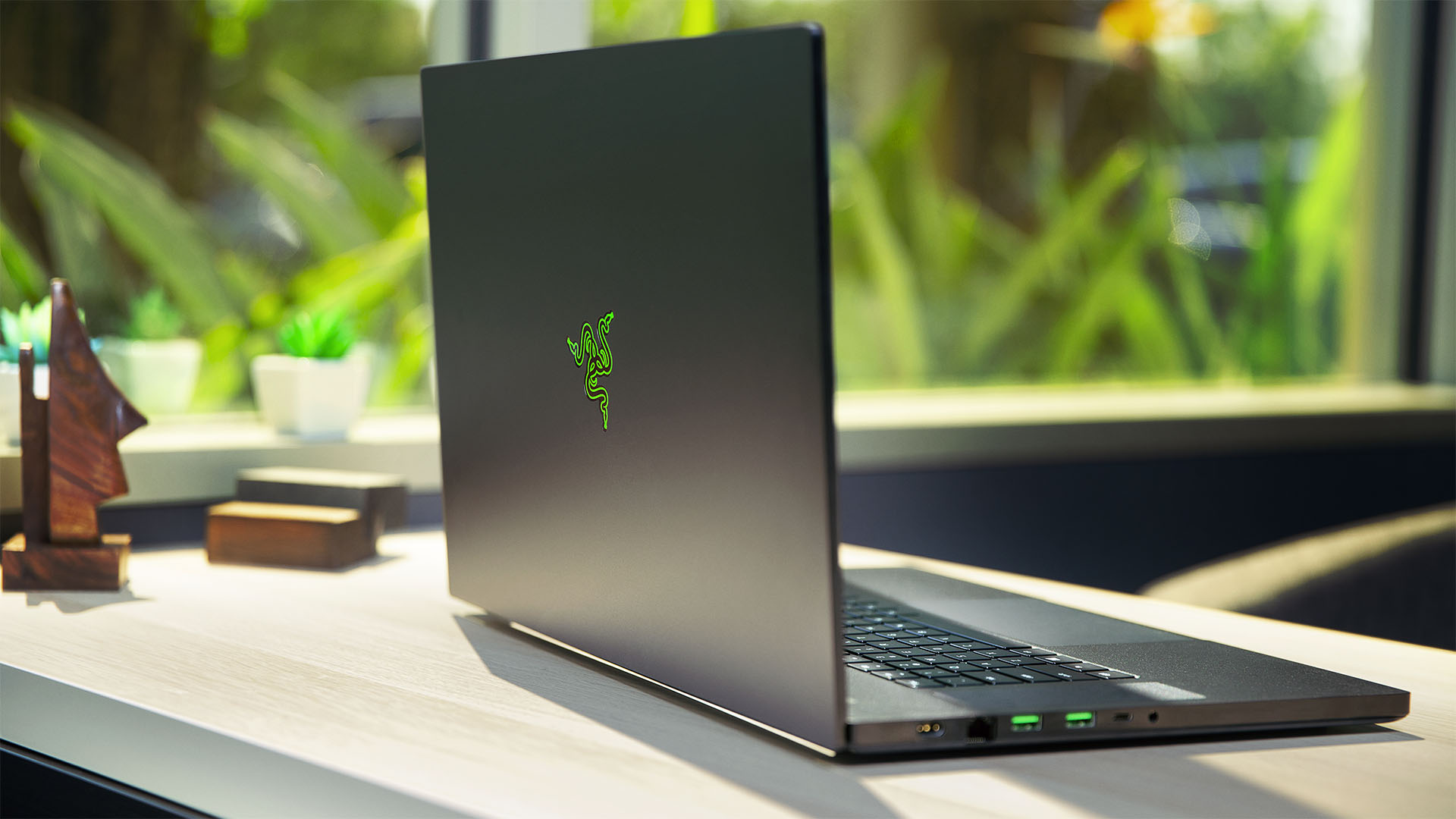Analysts are calling 2023’s decline in PC shipments ‘unparalleled in the industry’s recorded history’ but suggest the only way now is up

There’s nothing like a bit of heart-warming, cheery news to start a new year but the PC shipment estimates for 2023, from market analysts IDC and Gartner, are anything but cheery. The total number of units shipped varies between the two groups, with IDC estimating just under 260 million, whereas Gartner puts it at around 242 million. That’s 14% down from last year and, while the market is settling down from the Covid era of tech sales, the figures pale in comparison to those seen ten years ago.
As reported by Sweclockers, IDC and Gartner have released their 2023 reports on traditional PC shipments (i.e. desktops, workstations, and laptops; but not tablets or servers). Both are preliminary estimates and as such the numbers can, and often do, change as more information is obtained.
But even taking all that into account, it’s not exactly pleasant reading for the PC industry. Gartner estimates that a total of 241.9 million units were shipped in 2023, whereas IDC is less conservative in its estimates, with its total being 259.5 million. That’s quite a big difference in terms of raw figures (just how does one miscount 17.6 million PCs?) but compared to the total, IDC’s estimate is only 7% larger than Gartner’s.
Overall, that’s a 14% decline in PC shipments compared to 2022 and for some vendors, it’s been an even rougher year.
The market is dominated by the so-called ‘Big Six’: Lenovo, HP, Dell, Apple, Asus, and Acer. Both analysts say that HP had the least worst year of them all, only dropping around 4.5% year-on-year, whereas IDC has Apple suffering the most (a 23% decrease in 2023 compared to 2022), whereas it was Dell for Gartner at 19.5%.
PC sales overall have been declining since 2021 but the industry was flush with success due to the impact of the Covid-19 pandemic, forcing millions of people worldwide to work from home and turn to the humble PC for work, entertainment, shopping, and even exercising.
However, go back a decade in Gartner’s reports and you’ll see that PC shipments were even higher in 2012, reaching just over 350 million units (with IDC estimating it to be 349 million figure).
So are PC shipments around 90 million fewer now compared to back then? Well, the answer is multifaceted and there’s probably no single factor that dominates what’s been going on, but you’ve got things like market saturation, for example. A decent PC will last for a good number of years and desktop PCs can be kept going indefinitely, simply by replacing the internal components.
The performance gains seen in successive CPU architectures are generally so small now, that unless you need a very specific feature or aspect of the latest designs, a chip from five or six years ago will still be more than good enough now.
And there’s the lack of a ‘killer app’ for PCs: In the nineties, it was Windows 95 and in the first decade of the millennium, the massive expansion of fast internet, media streaming, and PC gaming all helped boost sales.
Taking all of that into account and it’s not hard to see why fewer people and organisations are buying new machines.
As for why shipments were so much lower in 2023, Gartner says that “[t]he PC market has hit the bottom of its decline after significant adjustment. Inventory was normalized in the fourth quarter of 2023, which had been an issue plaguing the industry for two years.”
IDC, on the other hand, is a little more blunt about the reasons: “This downturn, unparalleled in the industry’s recorded history, reflects the aftermath of the significant surge in PC purchases driven by the COVID-19 pandemic.”
Both agree that the decline will stop and bottom out, and despite expected hikes in the prices of PC components, shipments in 2024 are expected to rise again. It may well just be my imagination, but I’m sure I’ve read such words before so who knows what we really happen.
What vendors are pinning their hopes on is sales getting a boost thanks to interest generated by the release of the next version of Windows, expected at some point in the middle the year, and the hype surrounding the era of the ‘AI PC’, a catchphrase that was impossible to miss at CES 2024.
Whether any of it makes any difference is anyone’s guess but the latter may well be the killer feature the industry has been missing for some time. Some AI features do look really useful, though there’s quite a lot that we’d avoid like a ten week old cookie.
I think I’ve read about the death of the PC ever since…well…forever. It’s still going strong, though, and 240 million brand new PCs in one year isn’t exactly chump change. Methinks the soothsayers doth protest too much.




